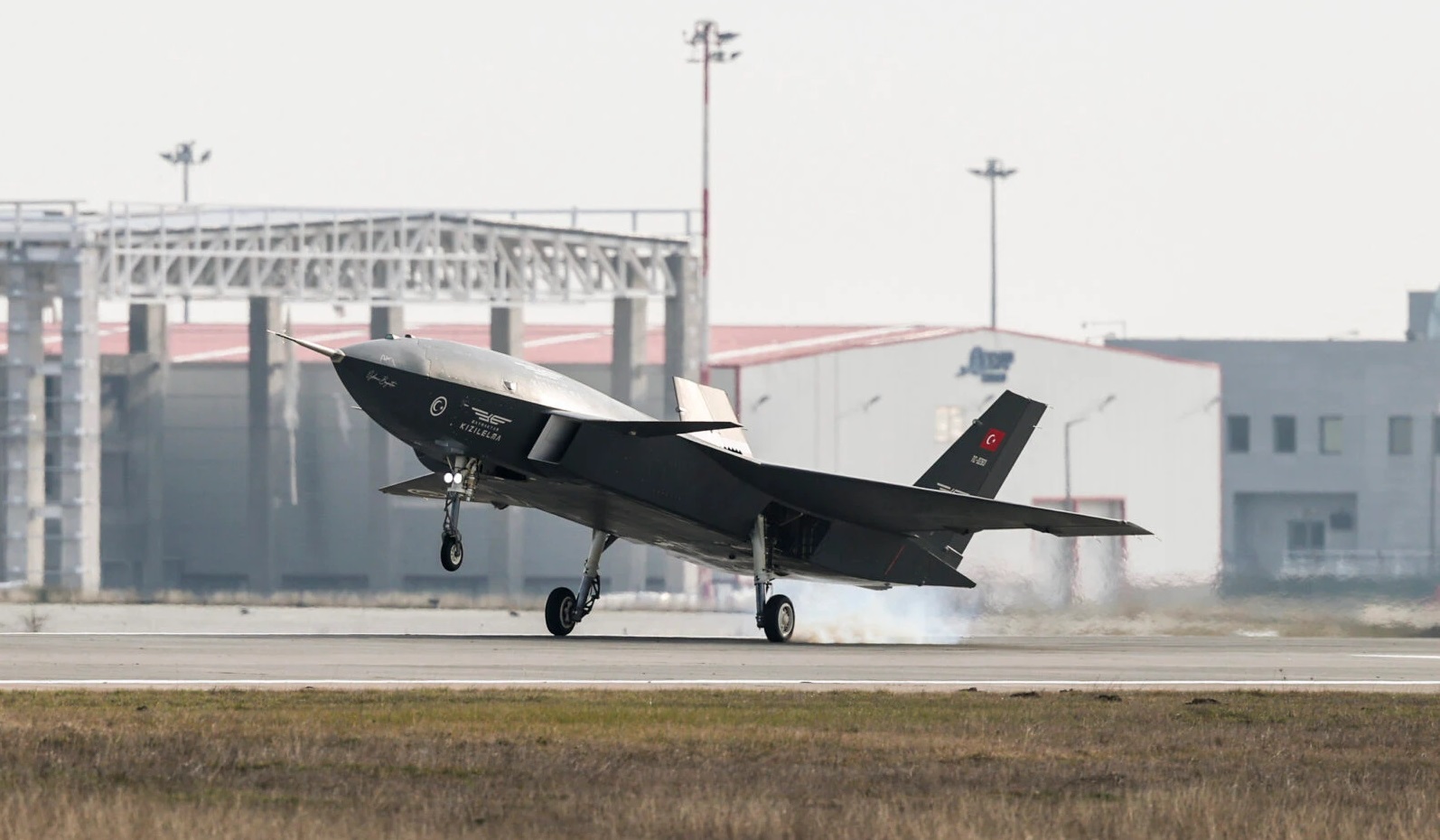US Army's Pursuit of Zero Trust Capabilities to Counter Cyber Threats

In an era where cyber threats are becoming increasingly sophisticated, the U.S. Army is actively enhancing its cybersecurity measures by adopting the "zero trust" security model. This approach is pivotal in safeguarding the Army's tactical network systems against a wide array of cyber adversaries.
Understanding Zero Trust
The zero trust model operates on a fundamental principle: never trust, always verify. Unlike traditional security frameworks that often assume entities within a network are trustworthy, zero trust mandates continuous verification of every user, device, and application attempting to access network resources. This ensures that no implicit trust is granted based solely on physical or network location, thereby minimizing potential vulnerabilities.
Application in Military Context
For the Army, implementing zero trust means that all interactions within its networks are subject to stringent authentication and authorization processes. This continuous validation is crucial in preventing unauthorized access and ensuring that even if one segment of the network is compromised, the breach does not extend further. The goal is to maintain robust security across all operational levels, providing users with secure access to necessary resources from any device and location.
Recent Initiatives and Requirements
In a recent move to bolster its cybersecurity posture, the Army issued a request for information (RFI) seeking zero trust solutions tailored for challenging environments. These solutions must be capable of operating in conditions that are denied, degraded, intermittent, or limited, and must integrate seamlessly with the Army's existing infrastructure. Interested vendors have been invited to respond by March 5.
Strategic Objectives and Challenges
The Army acknowledges that traditional security models are increasingly inadequate against modern cyber threats. The dynamic and adversarial nature of today's tactical environments presents significant challenges in implementing zero trust solutions that align with mission requirements. However, the Army is committed to overcoming these hurdles. By 2027, the aim is to achieve target levels of zero trust across its unified network, ensuring secure information flow and resilient operations.
Broader Department of Defense (DoD) Alignment
This initiative aligns with the DoD's overarching zero trust strategy, which emphasizes a shift from static, network-based perimeters to a focus on users, assets, and resources. The strategy outlines several objectives, including automating cybersecurity measures, creating dynamic access controls, and building interoperability with secured data. The DoD has set an ambitious goal to implement zero trust architecture across the entire department by the fiscal year 2027.
The U.S. Army's proactive adoption of zero trust principles underscores its dedication to strengthening cybersecurity in an increasingly complex digital landscape. By continuously authenticating and validating access to its systems, the Army aims to stay ahead of evolving cyber threats, ensuring mission success and the security of its operations.



